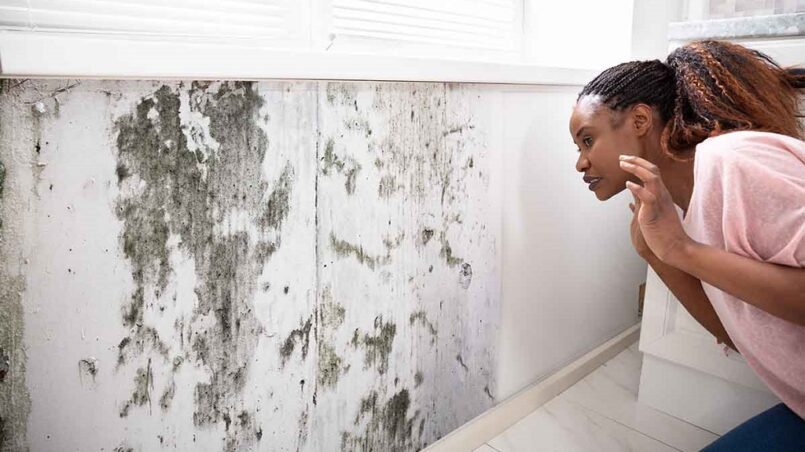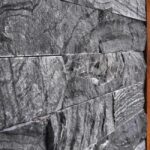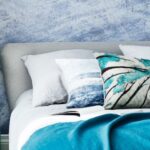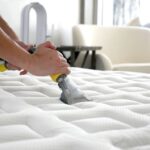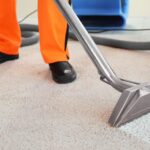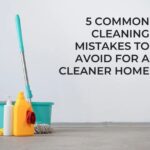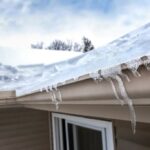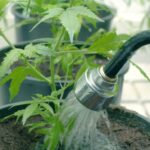The good news is that most molds in homes do not produce toxic or potentially toxic substances. Individuals sensitive to mold spores may experience allergic reactions from mold.
The symptoms of mold allergies include sneezing, runny nose, eye irritation, cough, and congestion. Fortunately, it’s easier than ever to determine if you have an allergy to mold with the at-home indoor and outdoor allergen test.
What is Mold?
Organic materials, such as wood and leaves, can be susceptible to the growth of a fungus known as mold. When spores are inhaled or touched, they can cause allergic reactions in sensitive people. These may include hay fever-type symptoms (runny nose, itchy eyes, sneezing, etc.), sinus congestion, and skin rash. It’s important to note that molds can also generate mycotoxins, which may harm humans and animals if consumed.
Most healthy individuals who breathe in mold spores don’t experience any health problems or illnesses. However, infants and older people are at increased risk for mold-related issues. Also, people with suppressed immune systems are more susceptible to infections caused by certain types of molds. Such infections may lead to serious illness, hospitalization, and death.
How Do I Know If I Have a Mold Problem?
A sudden runny nose and sneezing fit could indicate that you suffer from mold allergies. Certain living conditions promote mold growth, including high humidity and homes with uncontrolled moisture. The presence of mold is usually noticeable by its unpleasant odor. It can be described as musty, stale, or earthy and may smell very different from dirt.
Anyone can experience adverse side effects from mold exposure, but those with weakened immune systems or respiratory problems are at a greater risk for complications. Other signs of a mold problem include watery eyes, irritated or sneezing skin, and chronic fatigue. If these symptoms continue, consider professionally inspecting or having home mold testing done. Before it spreads further, mold needs to be removed because it might be challenging. Mold can be difficult to remove and needs to be addressed immediately before it continues to grow.
What Are the Symptoms of Mold Allergies?
If you or someone in your family suffers from symptoms like runny nose, watery eyes, itchy skin, or breathing difficulty, the culprit might be mold spores. Talk to your physician if the symptoms worsen when you’re in a particular location or have certain foods. Your doctor might use a skin prick or allergen testing to determine if you’re allergic to mold.
The best way to avoid mold allergies is to minimize your exposure to the fungus. You can do this by staying inside during high mold counts, avoiding piles of wet leaves, and ensuring no leaks in your roof or walls. Your allergist might also suggest a medicine like antihistamines or nasal corticosteroids to reduce the itching and running of your nose.
How Do I Know if I Need to Have Mold Removed?
Mold growth often occurs in warm, damp places like basements and bathrooms. It can also be in hidden areas, like behind drywall and cabinets.
A lingering, musty, or pungent odor is another sign of a possible mold problem. This odor can sometimes be hard to detect, especially with other moisture or water damage signs.
Anyone who suspects a mold issue should have the area tested by an independent, third-party inspector and take steps to correct it promptly. It is particularly important for those with asthma or weakened immune systems, as some types of mold can release mycotoxins that can cause reactions from sinusitis to death.
What Should I Do if I Have a Mold Problem?
Mold spores can cause allergic reactions, manifesting as runny nose, itchy eyes, or skin rashes. They can also create significant health concerns in persons sensitive to molds and those with asthma and lung diseases.
When mold spores are inhaled, they can damage building materials and furnishings. They can also cause moisture problems, leading to wood rot and structural damage.
If you suspect that you have a mold problem, consult your physician and take steps to control the situation. Check plumbing leaks and keep humidity low. Remove any damaged building material or furniture and clean moldy areas. Make sure you put on gloves and a mask when cleaning. Additionally, thoroughly dry the area. Have the area re-tested for mold to ensure that it is entirely removed.

